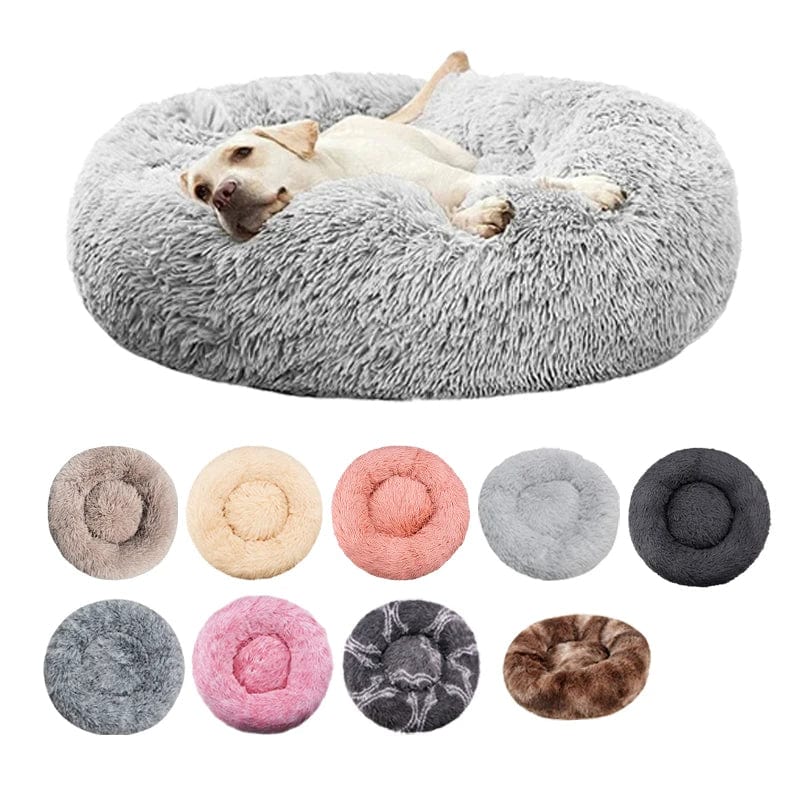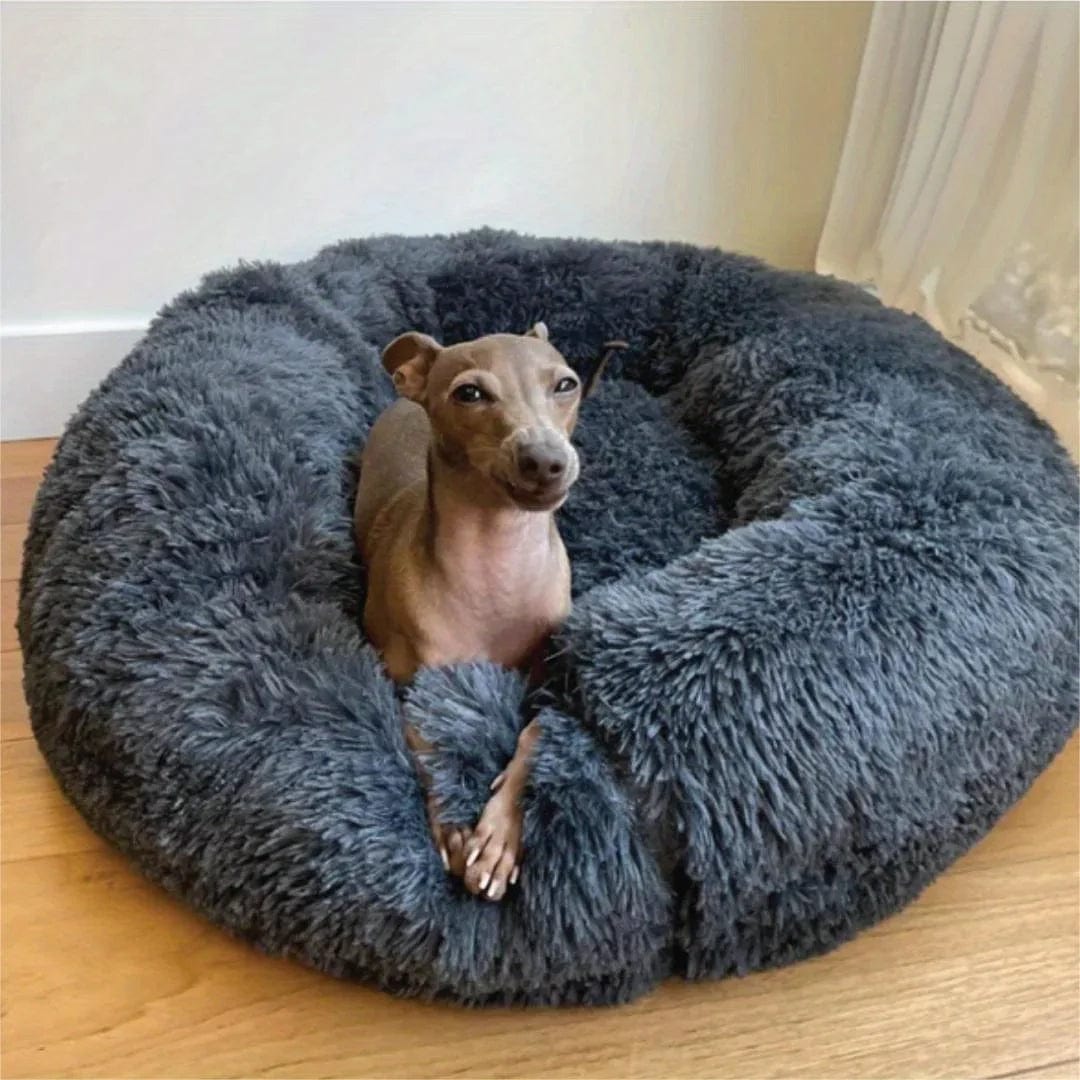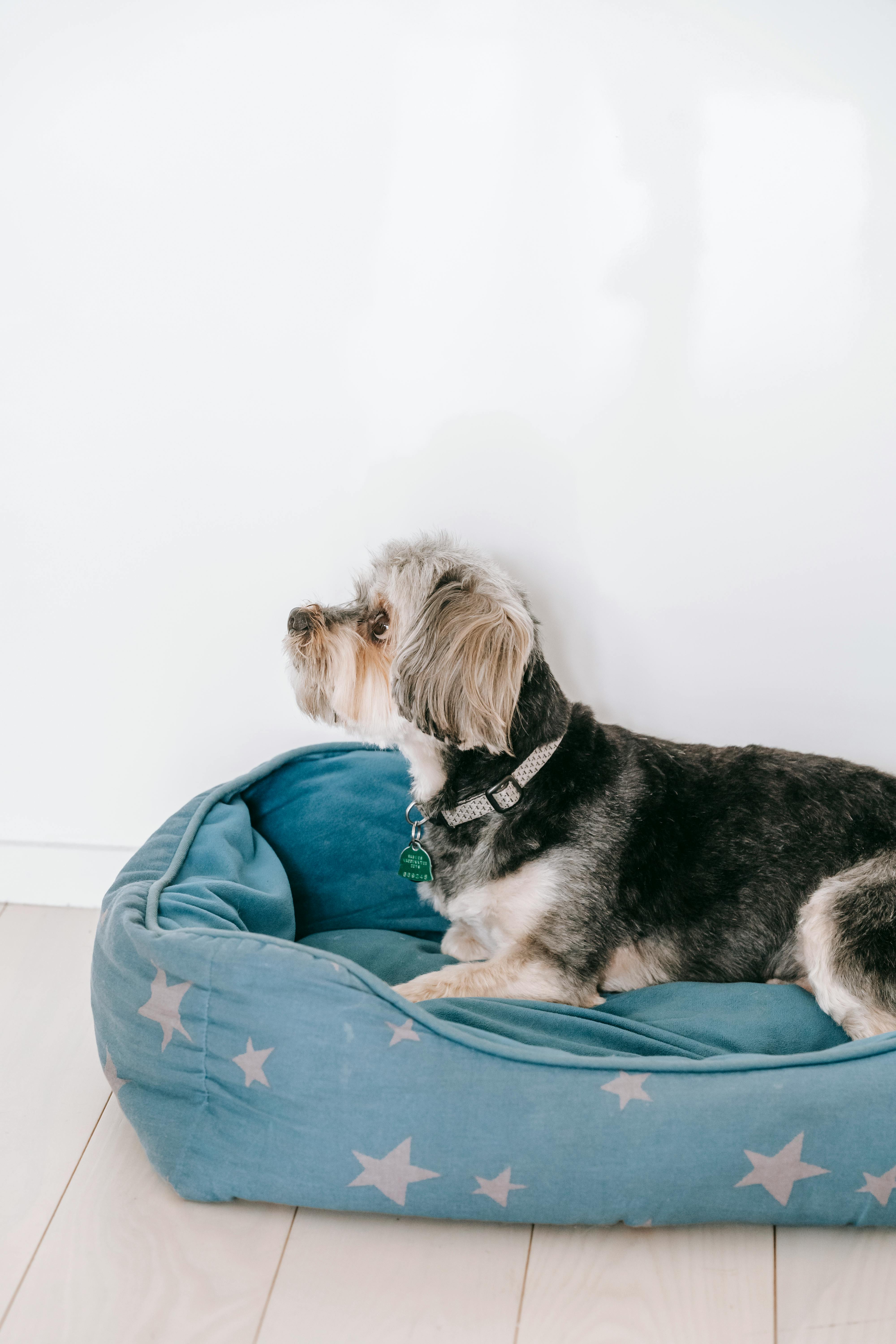Are Bigger Dog Beds Better? What Size Is Right for Your Pup?
When shopping for a new bed for your furry friend, you might wonder: Are bigger dog beds better? It’s a common question—and an important one. While it might seem like giving your dog more space to stretch out is always a good idea, the truth is a bit more nuanced.
In this guide, we’ll explore whether bigger really is better when it comes to dog beds, what factors to consider when choosing the right size, and how to make sure your dog gets the cozy, supportive rest they deserve.
Why Bed Size Matters for Dogs
Just like people, dogs need a comfortable, supportive sleep surface that suits their size and sleep style. A bed that’s too small can lead to cramped, uncomfortable sleep. But a bed that’s too big may feel less secure—especially for smaller dogs who like to curl up.
So, are bigger dog beds better? Not always. The best bed is the one that fits your dog just right.
Pros of Bigger Dog Beds
There are a few reasons why upsizing might be a good move:
✅ More Room to Stretch
Dogs that love to sprawl out—especially larger breeds or hot-natured pups—may enjoy the space that a bigger bed provides.
✅ Comfort for Joint Issues
Older dogs or those with arthritis benefit from orthopedic beds with extra space to adjust positions more easily.
✅ Room for Sharing
If you have multiple small dogs who love to cuddle, a bigger bed can comfortably fit them both.
🛒 [Shop Oversized Dog Beds]
When Bigger Isn’t Better
While larger beds have their benefits, there are times when bigger isn't the best choice.
❌ Lack of Security
Small breeds, puppies, and anxious dogs often prefer tighter, enclosed spaces that feel safe—like donut beds or bolster beds that “hug” them.
❌ Space Issues in Your Home
A bed that’s too large for your space may get in the way or be more prone to being stepped on, moved, or chewed.
❌ Cold or Unsupported Sleep
If your dog doesn’t use the whole bed, the unused space may not offer the same warmth or support, especially on memory foam or padded surfaces.
🛒 [View Calming Donut Beds for Small Dogs]
How to Choose the Right Dog Bed Size
To determine the ideal bed size, follow this simple formula:
📏 Measure Your Dog
-
Measure from the tip of the nose to the base of the tail (for length).
-
Add 6–12 inches for wiggle room.
-
If your dog likes to curl up, a smaller, round bed may be ideal.
-
If they stretch out, opt for a larger, rectangular bed.
Use our size chart for easy reference:
|
Dog Size |
Weight |
Recommended Bed Size |
|
Small |
Up to 25 lbs |
20"–30" diameter or length |
|
Medium |
25–50 lbs |
30"–40" |
|
Large |
50–80 lbs |
40"–50" |
|
XL/Giant |
80+ lbs |
50"–60"+ |
🛒 [Use Our Bed Size Guide & Finder Tool]
Bonus: Does Breed or Behavior Matter?
Yes! Here's how:
-
Curlers (like Chihuahuas or Dachshunds) may love a snug bed.
-
Stretchers (like Labs or Greyhounds) need room to sprawl.
-
Nesters (like Terriers or Shih Tzus) prefer cozy, high-walled beds.
Always consider your dog’s behavior and breed tendencies before choosing a size.
Final Thoughts: Are Bigger Dog Beds Better?
Bigger dog beds can be better—but only if they match your dog’s size, sleep habits, and comfort needs. It’s not just about going big—it’s about going right.
At Hotdiggidydog.ca, we carry a wide range of bed sizes, from snug donut beds to spacious orthopedic loungers. Whether your pup loves to curl up tight or stretch out wide, we’ve got a perfect fit waiting.
🎁 LIMITED TIME OFFER: Take 30% off large and XL dog beds this week only.
🛒 [Find the Perfect Bed for Your Dog →]



